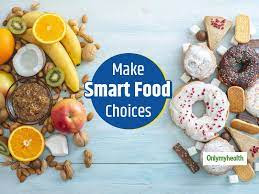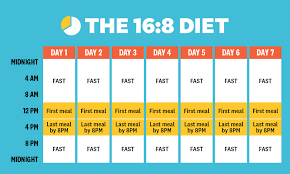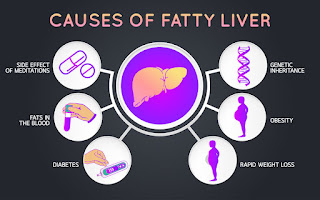When I first started on Keto, eating out was a no-no for me. I could not for the life of me figure out how to do that. Once I had been on keto for a while, I started to see options for eating out that would work on my diet.
After that, eating out became easy and enjoyable. I had to limit the number of times I did this, however, as it can become expensive and I think I usually went over my allotted carb intake for that particular meal because I don't know what they use to cook with in those kitchens. I just made the best of it and reduced my carb intake for the day when I knew I would be eating out. It all evened out in the end.
Mastering the Art of Eating Out on a Keto Diet: A Guide to Savoring Every Bite
Embarking on a ketogenic diet can be a transformative journey towards improved health and well-being. However, many individuals often find themselves in a quandary when it comes to dining out. The desire to eat out at restaurants can often clash with the strict guidelines of a keto lifestyle. With a little planning, knowledge, and flexibility, you can navigate the options with ease while staying true to your keto goals. In this post, we will explore tips and strategies for successfully eating out while on a keto diet.
1. Understanding the Keto Diet:
Before we look into the tips of dining out, let's briefly recap the fundamentals of the ketogenic diet. Keto is a low-carbohydrate, high-fat, and moderate-protein diet that induces a metabolic state called ketosis. By drastically reducing carbohydrate intake and increasing fat consumption, the body enters a state where it primarily burns fat for energy. This shift offers numerous health benefits, including weight loss, increased mental clarity, and enhanced energy levels.
2. Preparing for Success:
a. Research and Planning: Prior to dining out, take the time to . Look for establishments that offer keto-friendly options or customizable meals. Online reviews and websites can provide valuable insights into the availability of low-carb choices.
b. Meal Timing: Consider adjusting your meal schedule to accommodate eating out. By having a satisfying keto-friendly snack or meal beforehand, you can curb hunger and make healthier choices when you arrive at the restaurant.
c. Clear Communication: Don't hesitate to inform your server about your dietary requirements. Clearly communicate your keto needs and ask questions about ingredient substitutions or modifications. Most restaurants are accommodating and will be happy to assist you.
3.Making Smart Menu Choices:
a. Embrace Healthy Fats: Look for dishes that feature healthy fats like avocados, olive oil, coconut oil, or nuts. These fats not only align with the keto principles but also contribute to satiety and overall satisfaction.b. Opt for Protein Powerhouses: Choose protein-rich options like grilled chicken, fish, steak, or eggs. These choices not only keep you full for longer but also provide essential nutrients.
c. Vegetable Medley: Incorporate a variety of non-starchy vegetables into your meal. Broccoli, spinach, asparagus, and zucchini are excellent choices.
d. Beware of Hidden Carbs: Be cautious of hidden carbohydrates in sauces, dressings, and condiments. Ask for them on the side or inquire about keto-friendly alternatives. Maybe even opt for simple olive oil and vinegar-based options.
4. Navigating Different Cuisine Types:
a. Asian Delights: Asian cuisine can be keto-friendly with some modifications. Opt for dishes like stir-fries with meat and vegetables, sashimi, or curries without rice.
b. Mexican Fiesta: Mexican restaurants offer tantalizing keto options. Choose dishes like fajitas with guacamole, carnitas, or salads with grilled meat, cheese, and avocado.
c. Italian Temptations: Italian restaurants may seem challenging, but you can enjoy keto-friendly meals by selecting dishes like grilled meats, seafood, salads, or zucchini noodles with a low-carb sauce.
d. Burger Bliss: Satisfy your cravings by ordering bunless burgers, grilled chicken or salmon, and accompanied by a side salad or steamed vegetables. Avoid sugary ketchup and opt for mustard or mayo instead.
5. Indulging in Desserts:
Don't let your desire for something sweet derail your progress. Look for keto-friendly dessert options like sugar-free cheesecakes, dark chocolate, or berries with whipped cream. Alternatively, end your meal with a satisfying cup of black coffee or herbal tea.
Eating out while following a keto diet doesn't have to be an overwhelming experience. With careful planning, clear communication, and a willingness to make smart choices, you can enjoy a wide array of delicious meals while staying firmly on track.
Remember, the key is to prioritize healthy fats, high-quality proteins, and low-carb vegetables while avoiding hidden carbohydrates. By arming yourself with knowledge and embracing flexibility, you can savor every bite and confidently navigate the dining landscape on your keto journey.


































